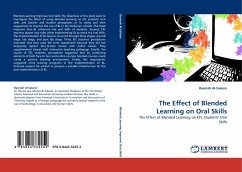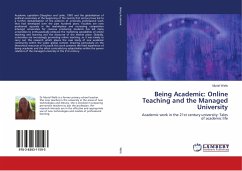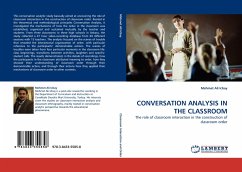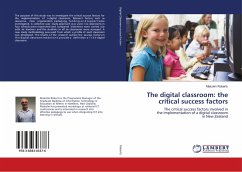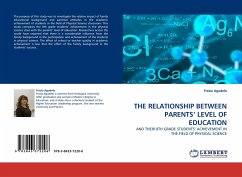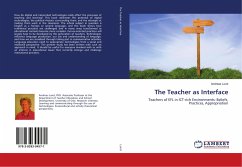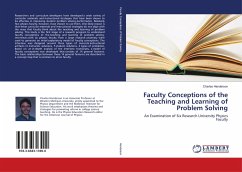
Faculty Conceptions of the Teaching and Learning of Problem Solving
An Examination of Six Research University Physics Faculty
Versandkostenfrei!
Versandfertig in 6-10 Tagen
52,99 €
inkl. MwSt.

PAYBACK Punkte
26 °P sammeln!
Researchers and curriculum developers have developed a wide variety of curricular materials and instructional strategies that have been shown to be effective in improving student problem solving performance. Relatively few physics faculty, however, have chosen to use them. One likely reason is that these curricular materials and instructional strategies do not align with the ways that faculty think about the teaching and learning of problem solving. This study is the first stage of a research program to understand faculty conceptions of the teaching and learning of problem solving. Interviews ...
Researchers and curriculum developers have developed a wide variety of curricular materials and instructional strategies that have been shown to be effective in improving student problem solving performance. Relatively few physics faculty, however, have chosen to use them. One likely reason is that these curricular materials and instructional strategies do not align with the ways that faculty think about the teaching and learning of problem solving. This study is the first stage of a research program to understand faculty conceptions of the teaching and learning of problem solving. Interviews with six physics faculty from a large research university were used to generate an initial explanatory model of faculty conceptions. The interview was designed around three types of concrete instructional artifacts (3 instructor solutions, 5 student solutions, 4 types of problems). Based on an in-depth analysis of the interview transcripts, a model of faculty conceptions was developed that consists of 14 general features. The basic relationships between these 14 general features are described in a concept map that is common to all six faculty.



